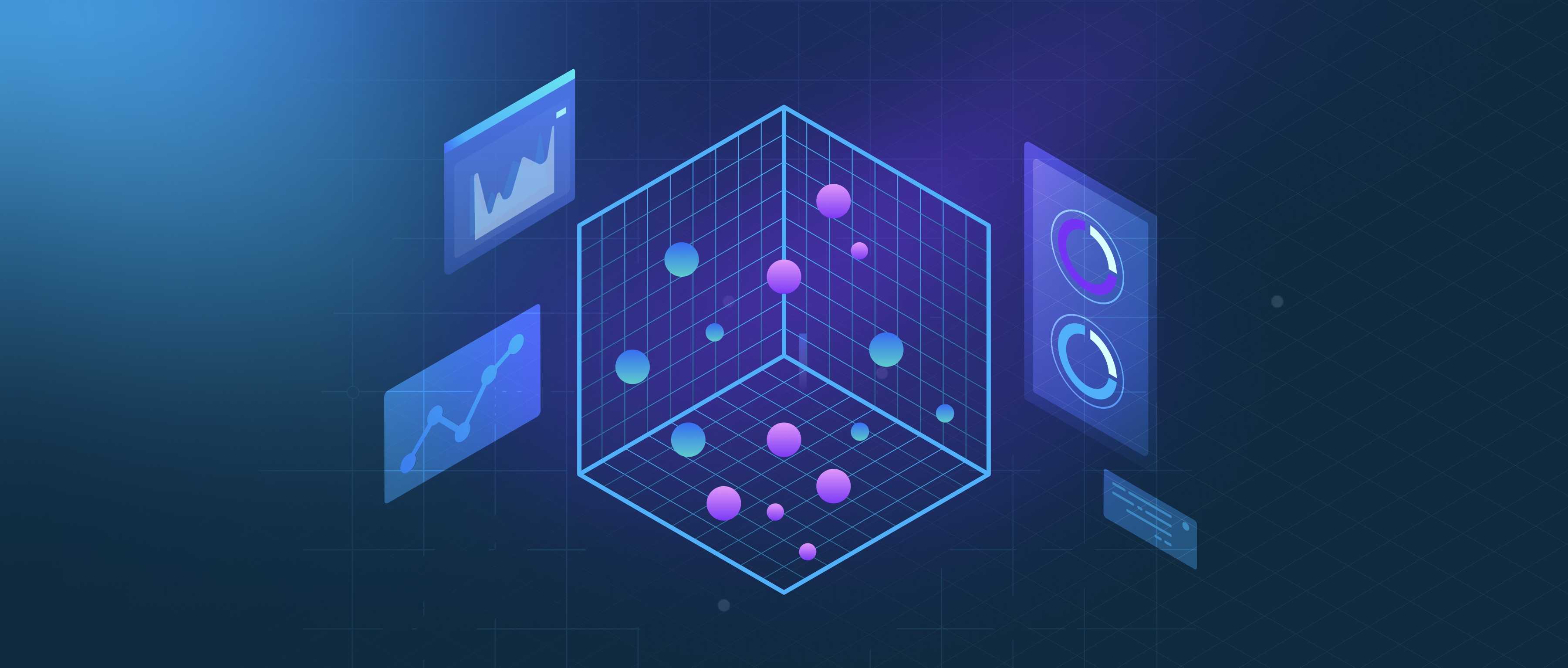Diffusion models, a class of generative models, operate by transforming random noise into data through a series of gradual steps. When it comes to handling different types of noise during sampling, the core idea is that these models are designed to learn the reverse process of turning data into noise. During training, the model is presented with clean data and sequentially adds noise to it until it becomes indistinguishable from pure noise. This training process enables the model to learn how to reverse this noise addition, allowing it to sample realistic data from an initial noise input.
During the sampling phase, diffusion models utilize a learned denoising function that progressively refines the noise into a coherent sample. This function is capable of handling varied types of noise because it is conditioned on the type of data or task at hand. For example, if the model is trained to generate images, it learns to recognize how different levels of Gaussian noise can be applied to an image, allowing it to accurately reconstruct details as it removes the noise step-by-step. The model's architecture often includes a noise schedule that defines how the variance of noise changes during the sampling steps, helping to manage and adjust the impact of different noise levels effectively.
Moreover, various forms of noise can be addressed by modifying the training data or the diffusion process itself. For instance, some applications might introduce structured noise, like occlusions in images. In such cases, the model may grasp how to reconstruct missing parts while taking into account the surrounding data. Additionally, research into hybrid diffusion models, which selectively incorporate information from other noise reduction methods such as GANs or VAEs, has shown promise in improving the generation quality. Ultimately, by employing robust denoising strategies and flexible training methodologies, diffusion models can adeptly manage and adapt to diverse noise characteristics during the sampling phase.
